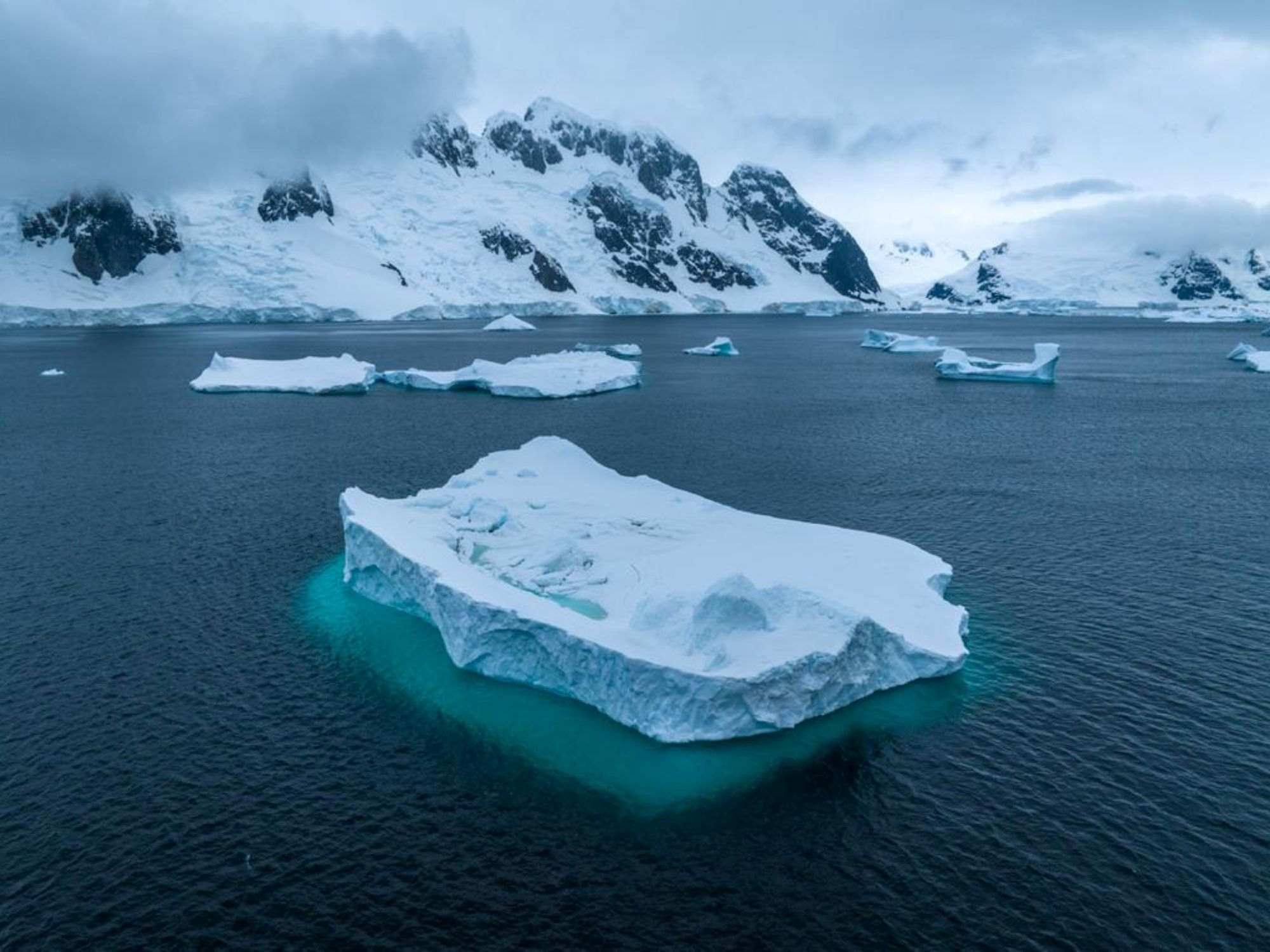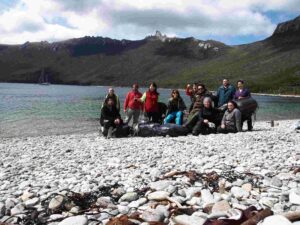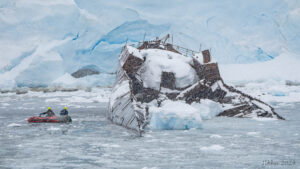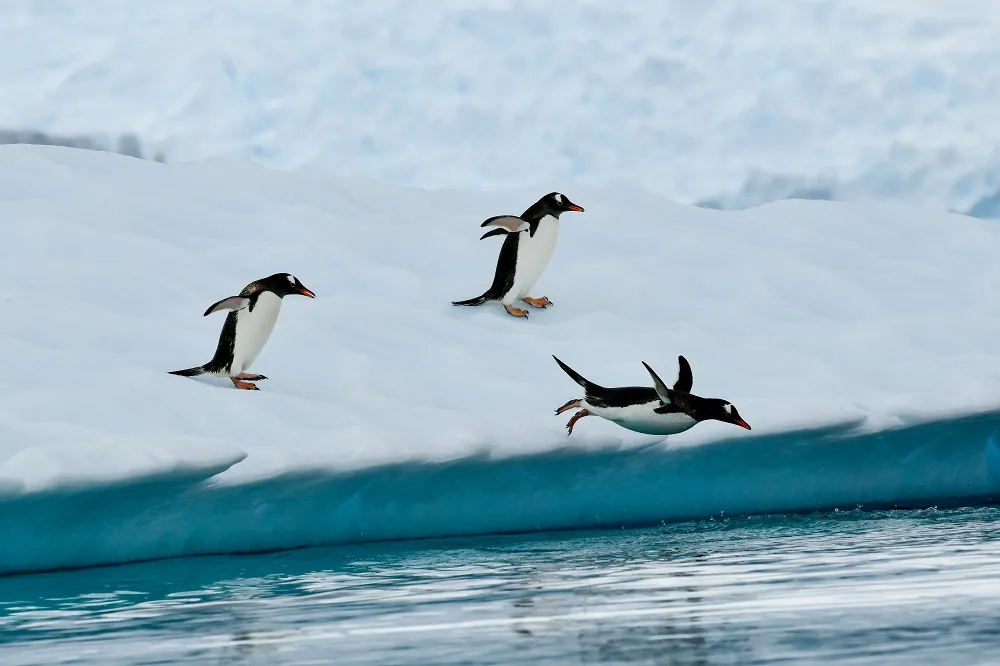Exploring antarctica’s glaciers: A comprehensive guide
Glaciers in antarctica: known for its stark beauty and frozen expanses, is home to some of the most incredible glaciers on Earth. These massive ice formations are central to the continent’s allure and offer a unique perspective on our planet’s icy frontier. For travelers embarking on a trip to Antarctica, understanding these glaciers and their significance enhances the overall experience. Here’s a detailed guide on what to expect and see during your Antarctic adventure.
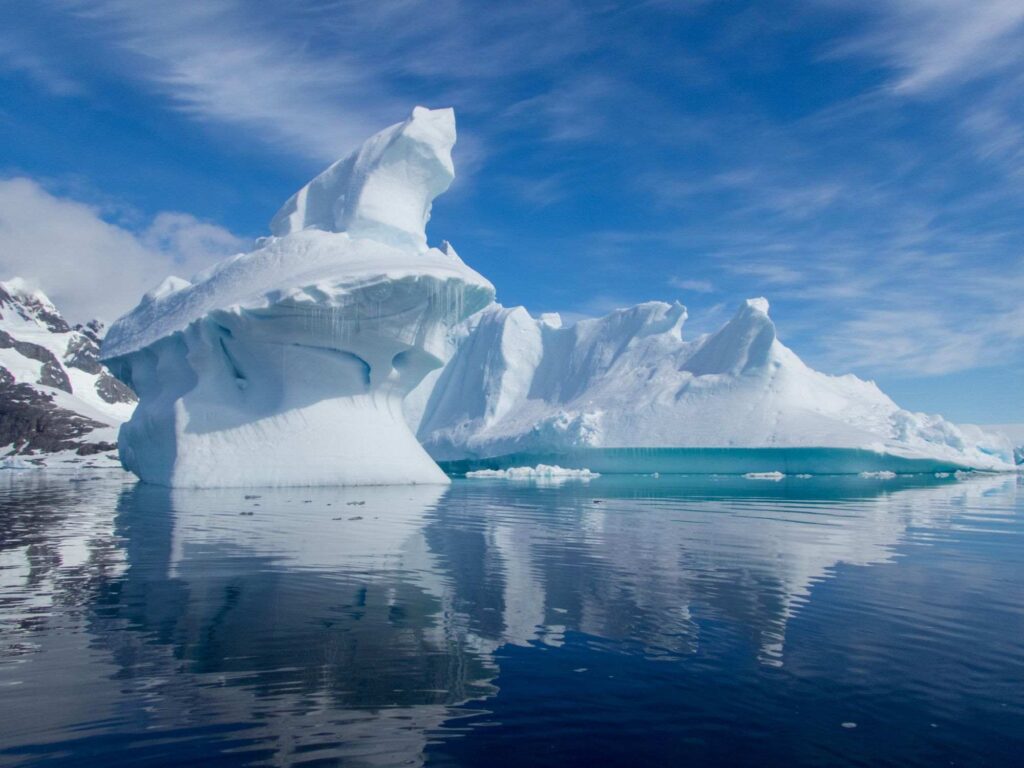
Discovering the iconic glaciers
Antarctica is renowned for its colossal glaciers, which dominate the landscape and influence global climate systems. These glaciers are not just beautiful; they are crucial indicators of environmental change.
- Antarctica Iceberg: Icebergs calved from Antarctica’s glaciers float into the surrounding ocean, creating spectacular ice formations. These icebergs vary in size and shape, offering striking visuals for photographers and explorers.
- Antarctic Circle: Traveling beyond the Antarctic Circle provides a unique vantage point to witness the ice-covered expanse of Antarctica. This region, marked by the southernmost latitude at which the sun can remain continuously above or below the horizon, offers stunning views of glaciers and icebergs.
The glacier experience in South Georgia
While not part of the Antarctic mainland, South Georgia is a significant destination for those interested in glaciers. This remote island is home to some impressive glaciers and offers a glimpse into the broader glacial systems of the Southern Ocean.
- South Georgia: The glaciers on South Georgia Island are often included in Antarctic expeditions. They provide a contrast to the Antarctic mainland’s ice and showcase the varied glacial landscapes of the region. Exploring these glaciers adds depth to the understanding of glacial processes and their impact on the environment.
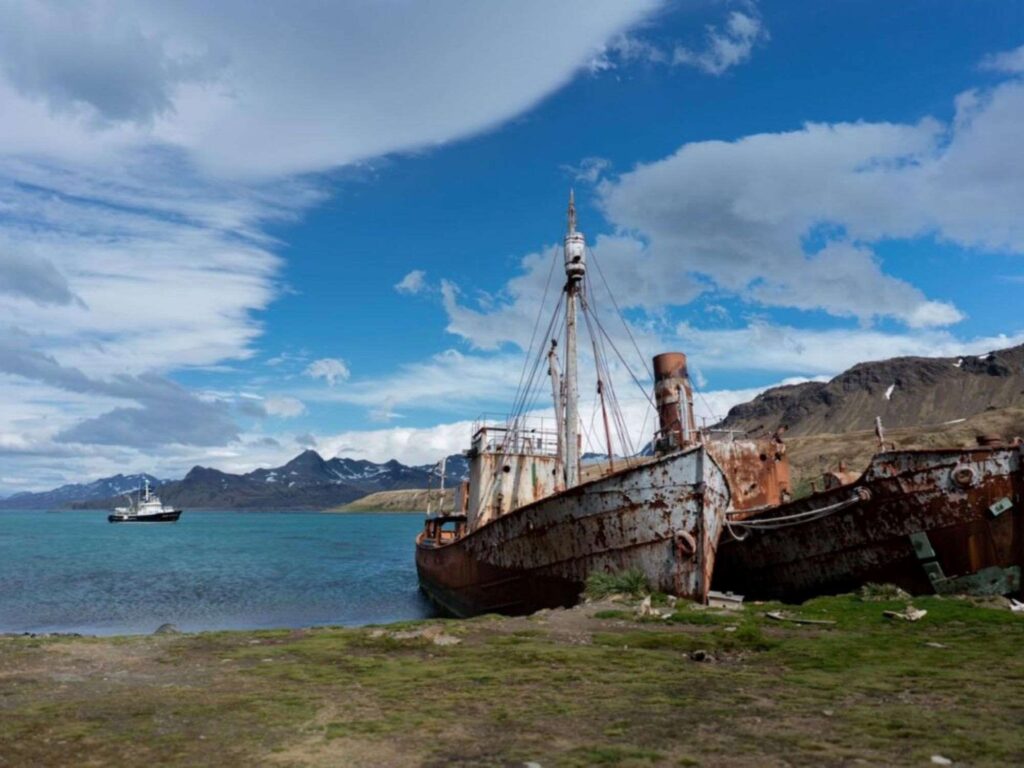
The lambert glacier: A giant of the Ice
One of the standout features of Antarctica is the Lambert Glacier, one of the largest and longest glaciers in the world. This immense glacier stretches over 400 kilometers (250 miles) and is a significant contributor to the East Antarctic Ice Sheet.
- Glaciers: Lambert Glacier’s sheer scale and flow dynamics make it a remarkable sight. It’s often included in Antarctic tours that focus on the continent’s ice formations, offering an unparalleled opportunity to witness the power and majesty of Antarctic glaciers.
The pine island glacier: An active force
The Pine Island Glacier, located in West Antarctica, is another key feature. Known for its rapid flow and significant contributions to sea level rise, this glacier is a focal point for scientists studying ice dynamics and climate change. Our trips have scientific information and details to enrich the trip.
Models and projections of Antarctica without its ice emphasize the dramatic changes that would occur. Observing the Pine Island Glacier provides insight into these potential changes and highlights the glacier’s importance in global climate studies.
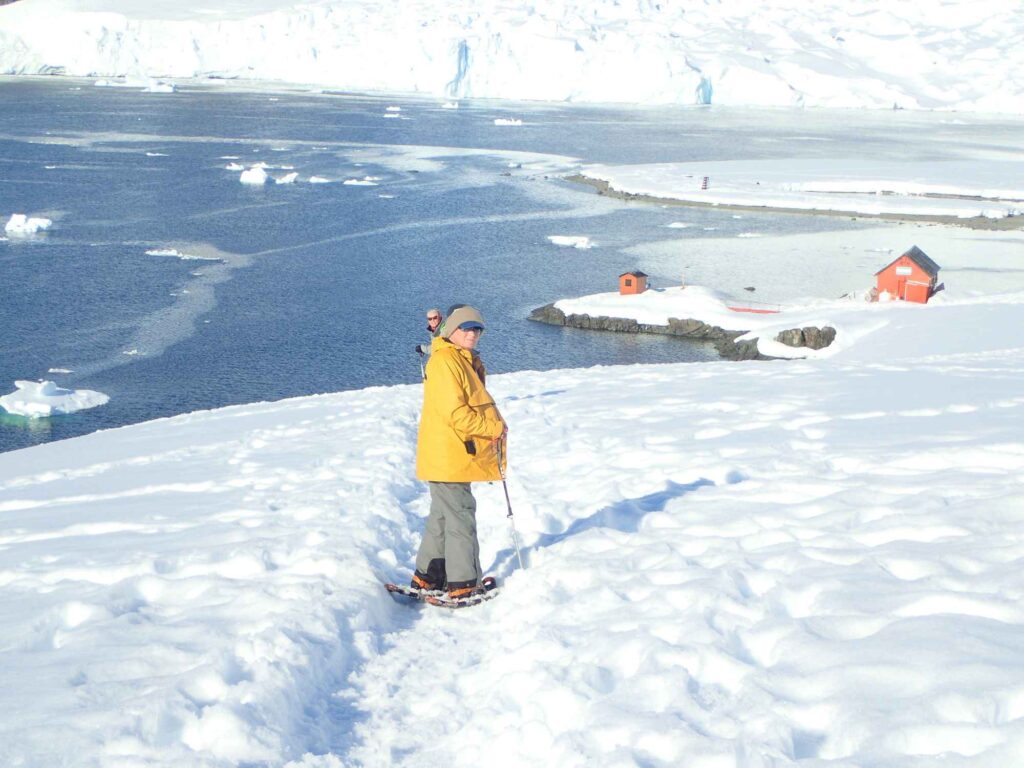
The environmental impact of glaciers
The melting of Antarctic glaciers has significant implications for global sea levels. As these glaciers retreat, they contribute to rising sea levels, which can affect coastal regions worldwide. Witnessing this phenomenon during your trip to Antarctica provides a firsthand look at the effects of climate change.
- Antarctica iceberg: The process of icebergs breaking off from glaciers and floating into the ocean illustrates the ongoing changes in Antarctica’s ice cover. This dynamic process is a key focus for climate researchers and a critical aspect of Antarctic expeditions.

Conservation and research
Ongoing research efforts aim to understand and mitigate the impacts of glacier melt. By participating in an expedition, travelers contribute to conservation awareness and support research initiatives aimed at preserving Antarctica’s fragile ecosystem.
- Trip to Antarctica: Engaging with scientific research during your trip can enhance your understanding of the challenges facing Antarctic glaciers. This knowledge fosters a deeper appreciation for the continent’s unique environment and the importance of protecting it.
Planning your antarctic glacier adventure
When planning your Antarctic glacier adventure, consider the following tips to make the most of your trip:
- Dress Appropriately: Prepare for the cold and windy conditions by dressing in layers. Proper clothing is essential for comfort and safety while exploring icy landscapes.
- Photography: Bring a good camera to capture the stunning ice formations and landscapes. The contrast between the ice and surrounding environments offers exceptional photographic opportunities.
- Guided Tours: Opt for guided tours to gain valuable insights into the glaciers and their significance. Expert guides provide context and enhance your understanding of the icy wonders you encounter.
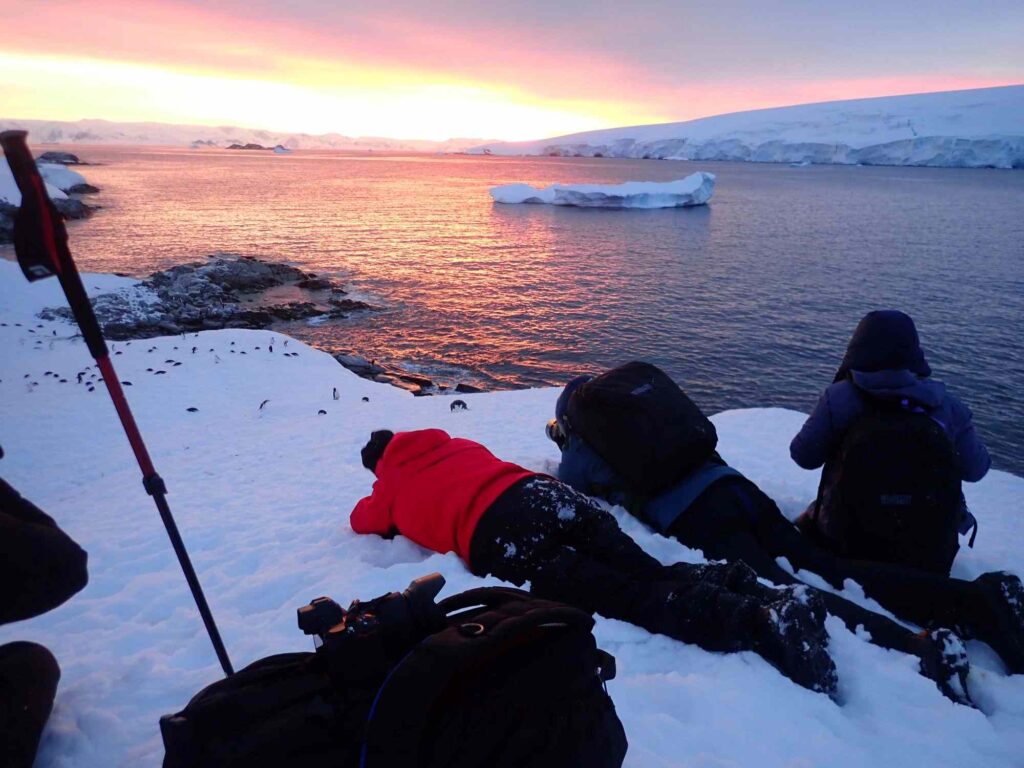
Antarctica’s glaciers are among the most awe-inspiring features of the natural world. From the colossal Lambert Glacier to the dynamic Pine Island Glacier, each offers a unique perspective on the continent’s icy landscape. A trip to Antarctica provides an exceptional opportunity to witness these glaciers in all their grandeur and understand their critical role in the global climate system. By exploring these frozen marvels, you gain a deeper appreciation for the delicate balance of Antarctica’s environment and the importance of preserving this pristine frontier for future generations. Contact us!

